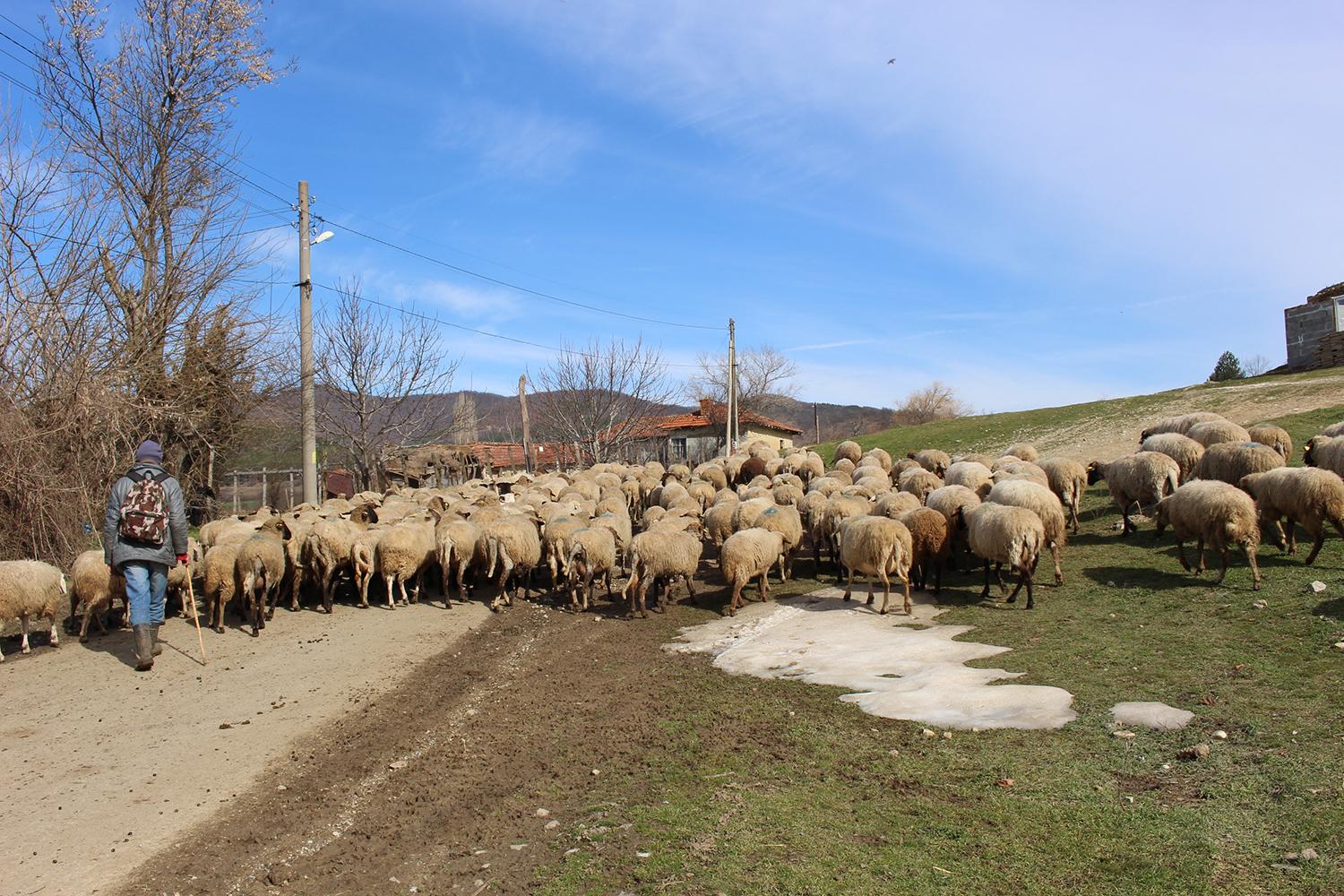Rift Valley fever and invisible women
Public health interventions often neglect gender disparities. This perspective paper highlights the gendered risks using Rift Valley fever (RVF), a vector-borne zoonotic disease, as a case study, and discuss how gender inequality in RVF disease surveillance and control might impact women’s health. Most of the literature focuses on RVF exposure in males due to certain occupational roles being male dominated and neglects women’s varied responsibilities in livestock care. RVF-focused studies often lack sex-aggregated data, hindering our understanding of the gendered differences in RVF risk. Social and cultural norms limit women’s autonomy in livestock ownership, vaccination decisions and healthcare access. Therefore, there is a lack of gender-based policy for the prevention and control of RVF. To tackle the issues of gender inequality in disease surveillance and control, we need to integrate gendered considerations into RVF research design and analysis. This can lead to development of gender-responsive interventions for improved knowledge dissemination and access to veterinary care for women livestock keepers. Intervention programmes involving women (such as the We Rear Programme) have led to positive changes in social and cultural norms, resulting in greater access to markets and veterinary care for female farmers. Gender inequality in RVF disease surveillance compromises women’s health and the health of their livestock. Urgent action is required to bridge the knowledge gaps highlighted in this paper and develop equitable interventions for a One Health approach to the control of RVF.


